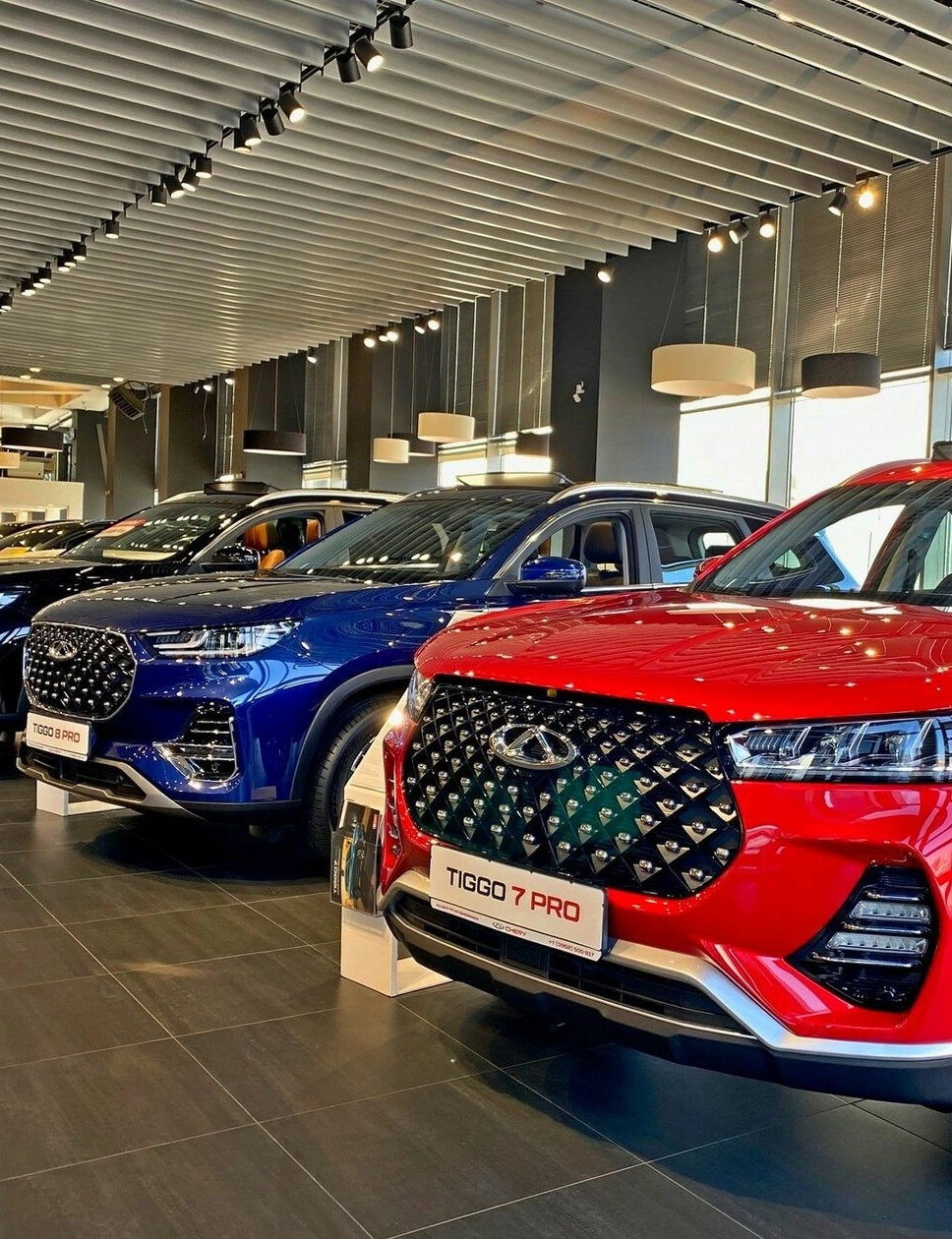Official Report on the Meeting with H.E. Mohammad Ali Eskandari, Ambassador of the Islamic Republic of Iran to Uzbekistan
23.07.2025

On July 22, 2025, a meeting was held with Mr. Mohammad Ali Eskandari, Ambassador of the Islamic Republic of Iran to Uzbekistan. The meeting took place at the Iranian Embassy at the invitation of the Chairman of the of Automobile Business Association of Uzbekistan, Mr. Sh.F. Yusupov.
Mr. Eskandari provided a brief overview of Iran's automotive industry and expressed strong interest in enhancing automotive cooperation with Uzbekistan.
According to the Ambassador, potential areas for cooperation include mutual supply of automotive components and materials, technological equipment and tooling, as well as the organization of assembly operations for budget vehicles in Uzbekistan with localization of up to 60%. He emphasized that, unlike some Western partners, Iranian companies are ready to provide unrestricted access to technical documentation, assist in localization, develop joint R&D projects, and contribute to the training of engineering personnel.
It was also noted that Iranian automotive products - including both vehicles and spare parts - are significantly more affordable than their Western counterparts, while still meeting the same quality standards. In addition, logistics from Iran are much more cost-effective, with the cost of shipping a container from Iran amounting to just $2,000.
Mr. Yusupov expressed readiness to further explore the possibilities of cooperation with Iranian automotive companies.
Mr. Eskandari proposed organizing a visit of an Uzbek automotive industry delegation to Iran for in-depth discussions and familiarization with local manufacturers. To support the organization of this potential visit, the Ambassador appointed contact persons from the embassy staff and recommended the head of the Iranian counterpart association to the ABAUz.
Our Association is currently considering organizing an official trip to Iran for interested ABAUz members, aiming to establish business relationships with relevant organizations and commercial entities in Iran regarding the supply of components, materials, spare parts, and other potential areas of cooperation.
Overview of Iran's Automotive Industry
Iran's automotive industry is one of the most important sectors of the country's economy. It is the third-largest industrial sector after oil and gas, accounting for about 10% of Iran's GDP. Approximately 500,000 people (around 2.3% of the workforce) are directly employed in the sector. It includes engine manufacturing, production of components (especially tires and automotive electronics), and production of technological equipment (machine tools and robotics).
Iran has developed a complete cycle of automotive production. The country is home to 14 domestic automakers, including Iran Khodro Industrial (IKCO), Pars Khodro, SAIPA, Kerman Khodro, Bahman Autos, and Kish Khodro.
Iranian manufacturers currently produce six categories of vehicles: passenger cars, SUVs, trucks, buses, minibuses, and pickups.
The industry saw rapid development in the 1970s as part of industrialization programs. Numerous joint ventures were established with international companies, especially French ones like Peugeot, Renault, and Citroën. After sanctions were imposed in 1979, foreign partners withdrew, and Iranian manufacturers began producing vehicles under their own brands. Over the following 40 years of isolation, the industry evolved from merely copying Western technologies to full-scale independent production.
The peak production volume was reached in 2011 with 1,648,505 units of all vehicle types. Due to sanctions and declining purchasing power, last year's production barely exceeded 900,000 units. The government now aims to increase output to 1.2 million units, with 1 million vehicles sold domestically. Unsold vehicles are exported to neighboring Middle Eastern and CIS countries.
As an example, consider the Tara model from Iran Khodro Industrial Group (IKCO), launched in 2021. It is based on the PSA PF1 platform, previously used in the Peugeot 301 and Citroën C-Elysée (Spanish assembly).
Specifications of Tara:
- Engine: 1.6L petrol inline-four (113 hp, 144 Nm), part of the PSA family, known for its reliability. Iranian assembly uses localized parts and includes CVVT (Continuous Variable Valve Timing).
- Standard features: ABS, power windows, multimedia system, cruise control, and tire pressure monitoring.
- Full options: 6-speed automatic transmission (licensed by Aisin), 4 airbags, cruise control with speed limiter, rearview camera with parking sensors, light and rain sensors, basic driving assistants, keyless entry, media system, partially electric front seats, air conditioning, and seat heaters for all passengers.
- Dimensions: 4519 x 1748 x 1466 mm, wheelbase - 2652 mm.
Official IKCO dealers in Russia offer Tara 2023 models at the following prices:
- Automatic: 1,590,000 RUB
- Manual: 1,460,000 RUB
TARA
The second-largest Iranian automaker, SAIPA, was established in the 1960s and originally produced Citroën and Renault models under license, later adding the Kia Pride. Based on the Pride, SAIPA developed its own model - the Saipa Tiba (meaning “gazelle” in Persian) - an 80 hp car that has been produced since 2009 and primarily serves the domestic market.
SAIPA Tiba
In recent years, the Iranian market has seen a surge in Chinese-branded vehicles assembled in Iran, particularly Chery models.
Modiran Vehicle Manufacturing, formerly assembling Daewoo Matiz, now assembles Chery models such as:
- Chery Arrizo 5, 6, 7
Fownix, another assembler, produces:
- Fownix Arrizo 6 Pro, 8
- Fownix Tiggo 7 Pro, 8
- Fownix Tiggo 8 Pro Hybrid e+ (crossover SUV)
- Fownix FX
